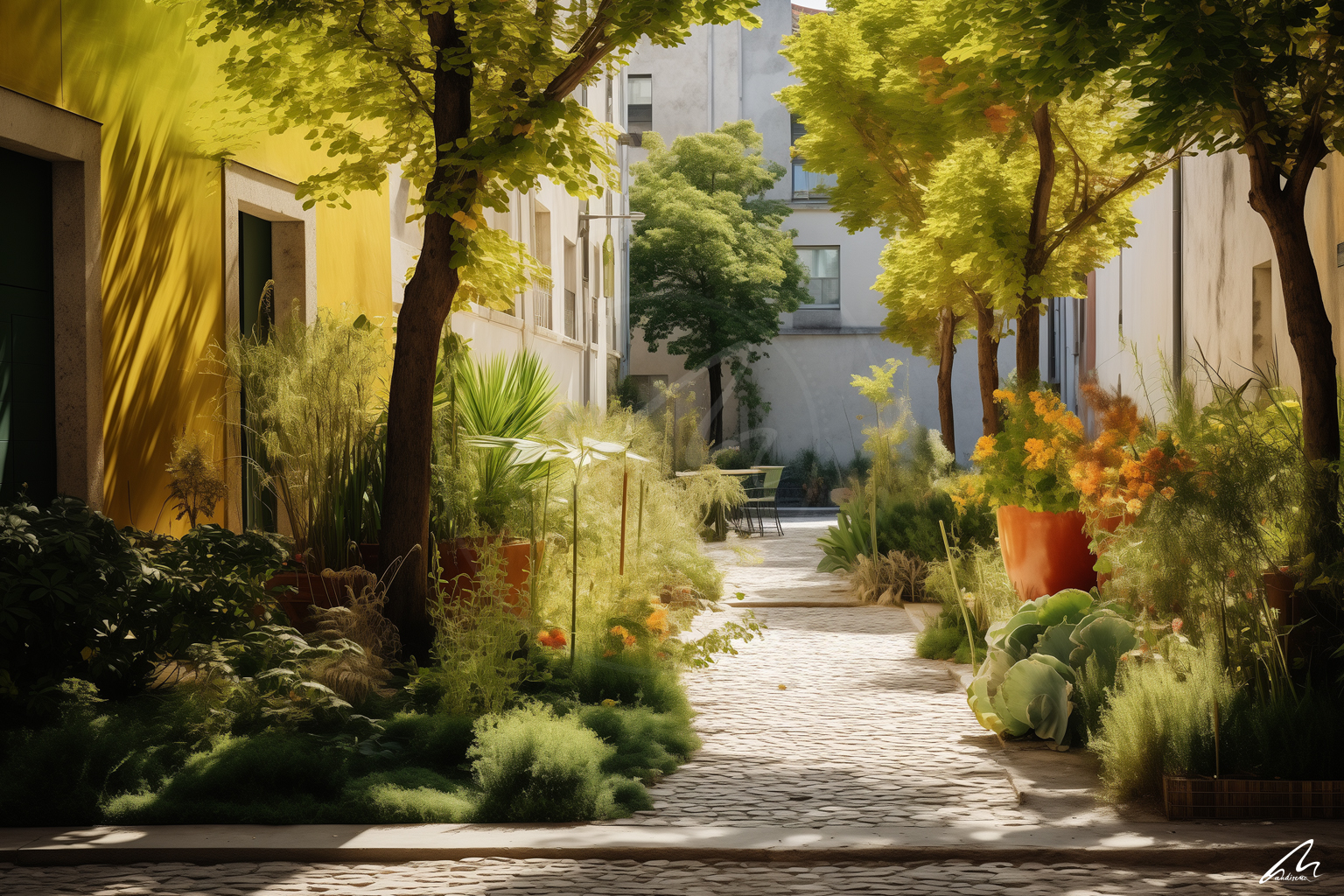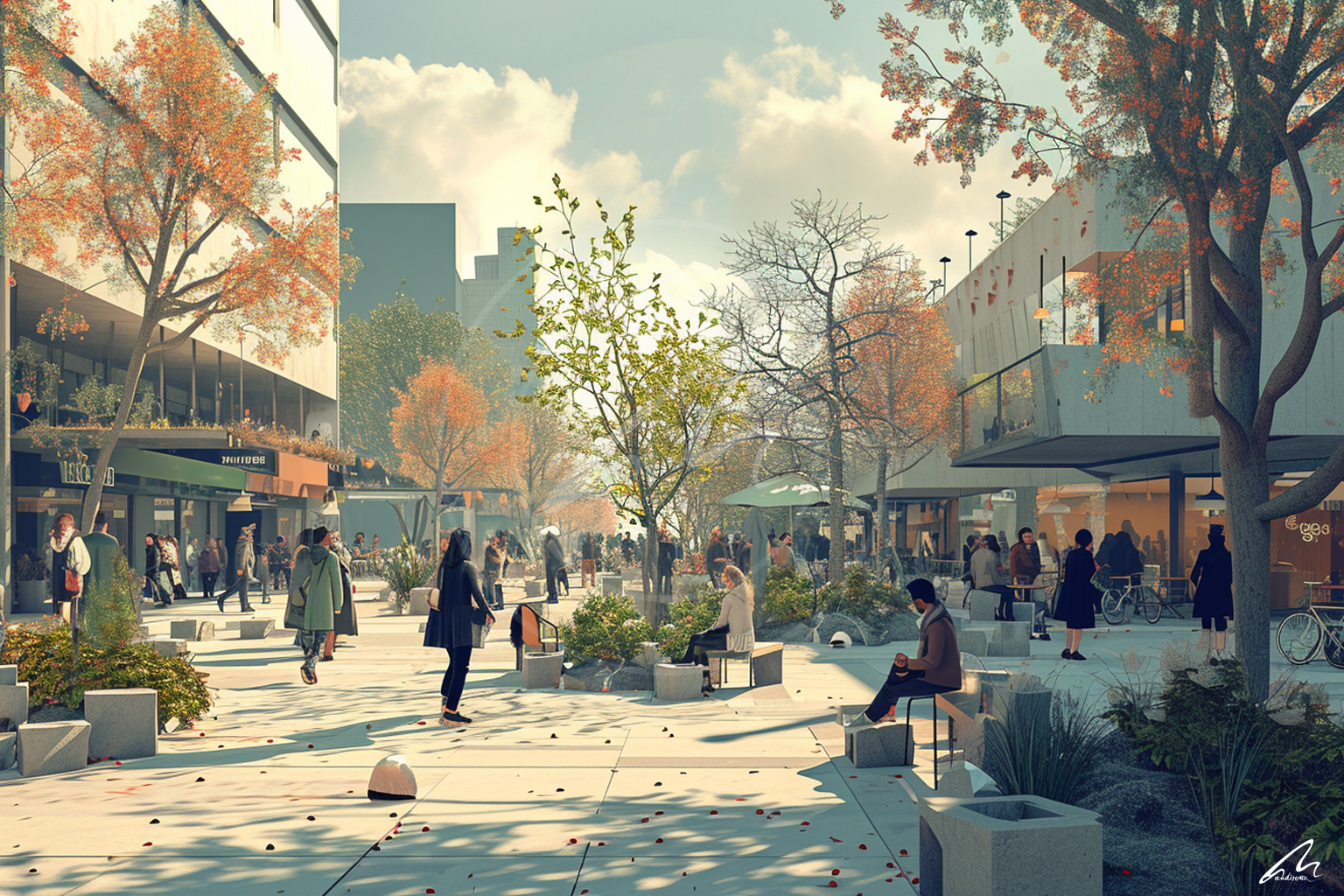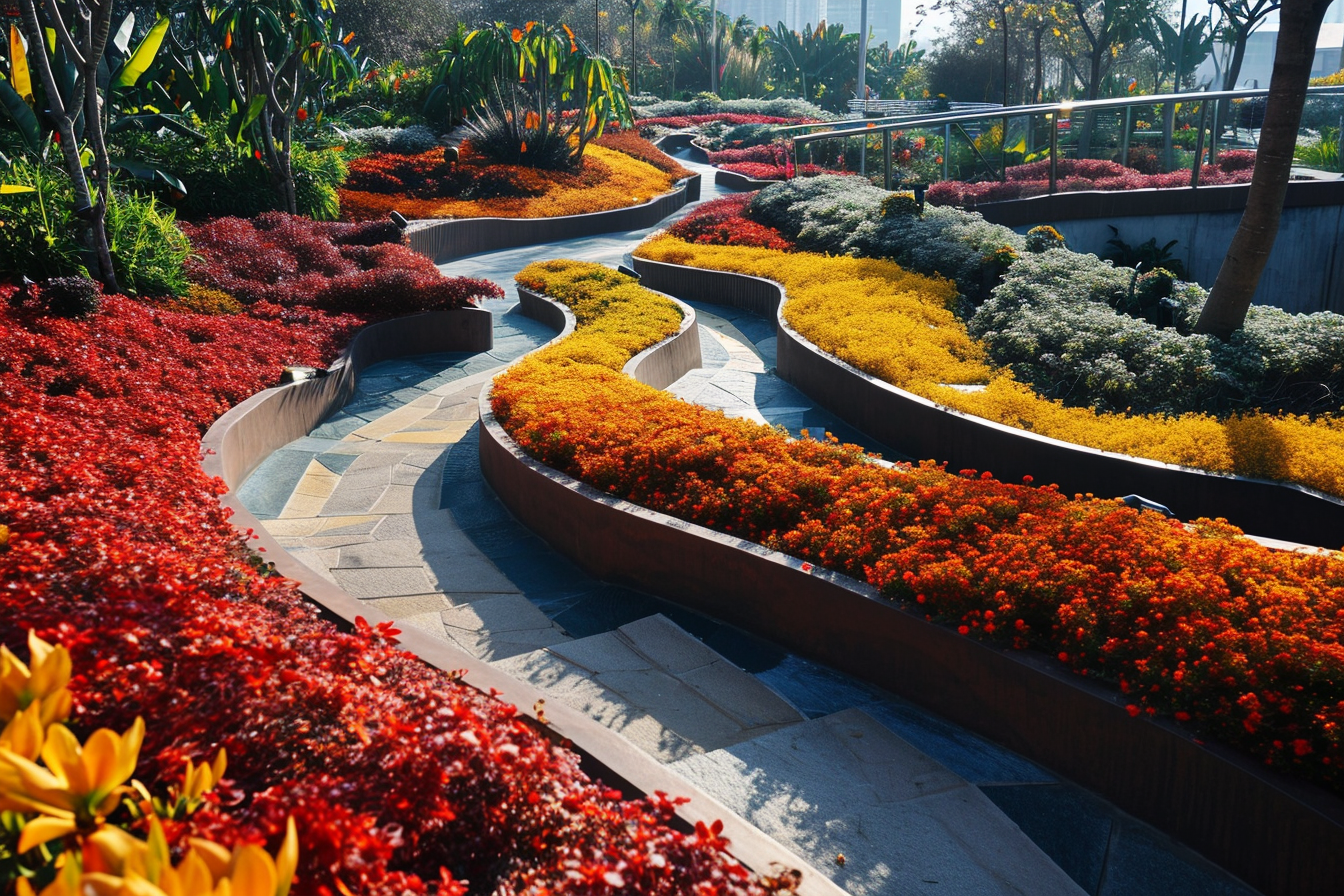The Art of Detailing: Why Small Elements Matter in Landscape Design
When it comes to landscape design, the devil is in the details. It’s those small elements that can transform a good design into a great one. As we all know, design isn’t just about the big picture – it’s about how all the little parts come together to create something cohesive and stunning. Let’s dig into why these details are so crucial and how they can elevate your work.
The Beauty is in the Details
Imagine a beautifully designed garden. The pathways are perfectly laid out, the flower beds burst with color, and there’s a serene pond at the center. Now, picture the same garden with intricately designed stepping stones, subtle lighting that highlights the flowers at night, and a delicate, hand-carved bench. These details don’t just add to the design; they complete it.
“Design is not just what it looks like and feels like. Design is how it works.”
Steve Jobs
Steve Jobs might have been talking about technology, but his sentiment applies perfectly to landscape design. It’s easy to focus on the broad strokes – the sweeping lawns, the majestic trees, the grand fountains. But it’s the small, often overlooked details that truly bring a landscape to life.

Why Small Elements Matter
- They Create Focal Points
Small elements in a landscape can serve as focal points that draw the eye and invite closer inspection. A well-placed sculpture, a uniquely textured wall, or a vibrant cluster of plants can serve as an anchor for the entire design. These elements break the monotony and add layers of interest.
- They Enhance Functionality
Details aren’t just about aesthetics – they play a crucial role in how a space functions. Think of well-designed drainage systems that are both efficient and discreet, or seating areas that are comfortable yet seamlessly blend into the environment. These functional details ensure that the space isn’t just beautiful, but also usable.
- They Reflect Personalization
The small elements in a landscape often reflect the personality and preferences of the designer or the homeowner. Customized elements like monogrammed gates, bespoke water features, or personalized garden ornaments make the space unique and meaningful. It’s these personal touches that make a landscape truly one-of-a-kind.

Examples of Effective Detailing
Intricate Pathways
One of the best ways to add detail to a landscape is through the pathways. Instead of plain concrete or gravel, consider using a mosaic of stones, bricks, or tiles. This not only adds visual interest but also enhances the tactile experience of walking through the garden.
“Pathways guide the journey through a garden, and their detailing can make the walk as enjoyable as the destination itself.“
The Power of Plant Selection
Plants are the building blocks of any landscape, but their arrangement and selection are crucial. It’s not just about choosing the right species; it’s about understanding their growth habits, textures, colors, and how they interact with one another throughout the seasons.
Imagine a garden where every plant is meticulously chosen for its seasonal interest. In spring, vibrant tulips and daffodils emerge, followed by the lush greens of summer perennials. Autumn brings a blaze of color from maples and oaks, while winter showcases the stark beauty of evergreens and the architectural structure of bare branches.
A well-designed space is one that delights year-round. It’s about layering elements so there’s always something to look forward to.” In landscape design, this layering of plants ensures that there’s always a visual or sensory interest, no matter the time of year.
Integrating Hardscape Elements
Hardscape elements like benches, sculptures, and water features are pivotal in creating focal points and functional spaces within a landscape. The materials, placement, and scale of these elements can either harmonize with the natural surroundings or create striking contrasts that draw the eye.
Consider a simple stone bench placed under the dappled shade of a mature oak tree. The choice of stone—whether rough-hewn or smoothly polished—adds a tactile quality to the landscape. Its placement offers a quiet retreat, a place for contemplation and rest. As Borson noted, “Every element in a design should have a purpose, a reason for being. It’s the thoughtful integration of these elements that creates a cohesive and engaging space.”
Water Features
Water features are a fantastic way to incorporate small details. Whether it’s a small, bubbling fountain or a detailed koi pond, water adds a dynamic element to the landscape. Pay attention to the materials used, the sound of the water, and the way it catches the light.
Lighting
Lighting is often overlooked but can dramatically change the perception of a landscape. Use subtle, well-placed lights to highlight key features, create shadows, and enhance the mood. Think of it as painting with light – it’s all about creating ambiance and depth.
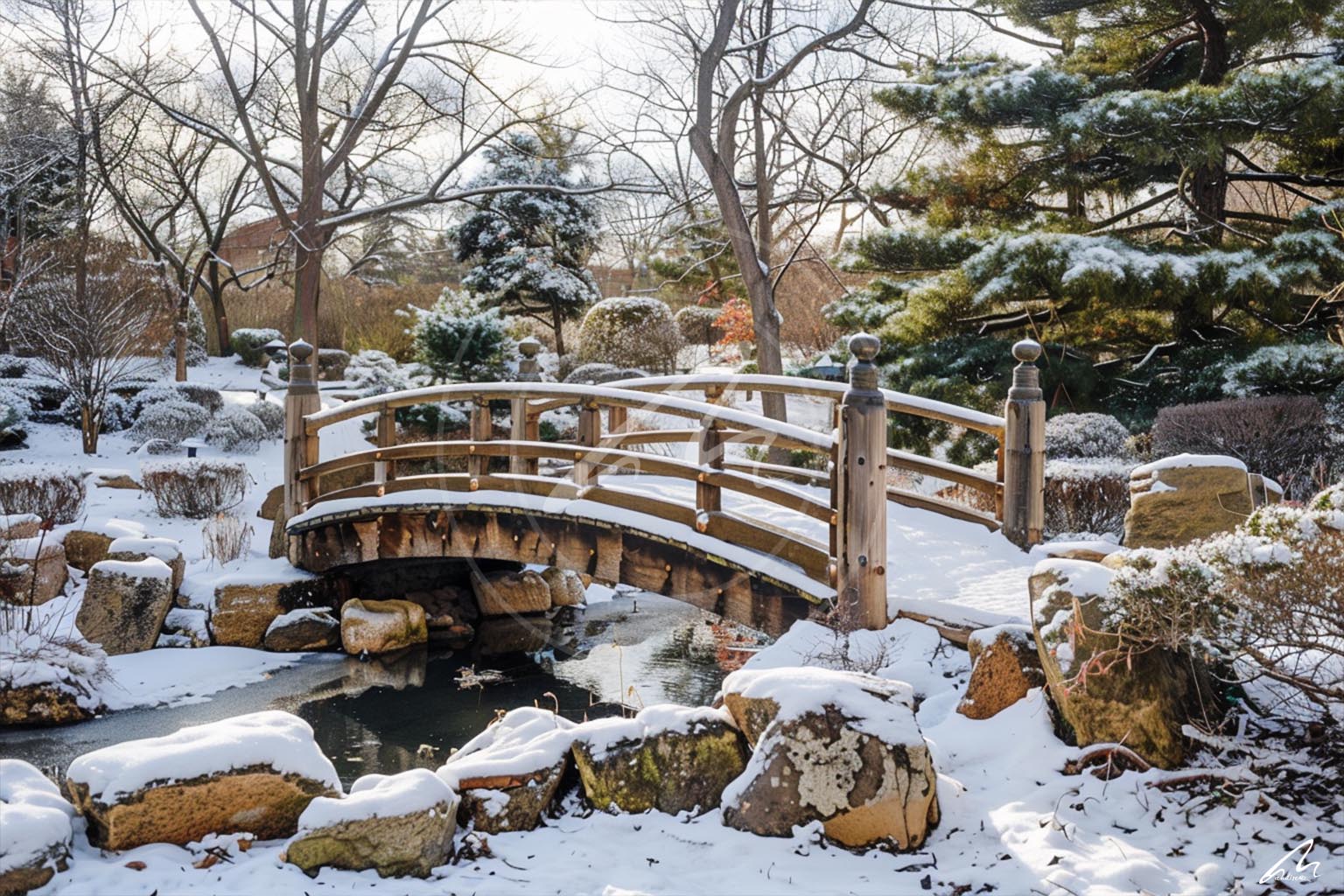
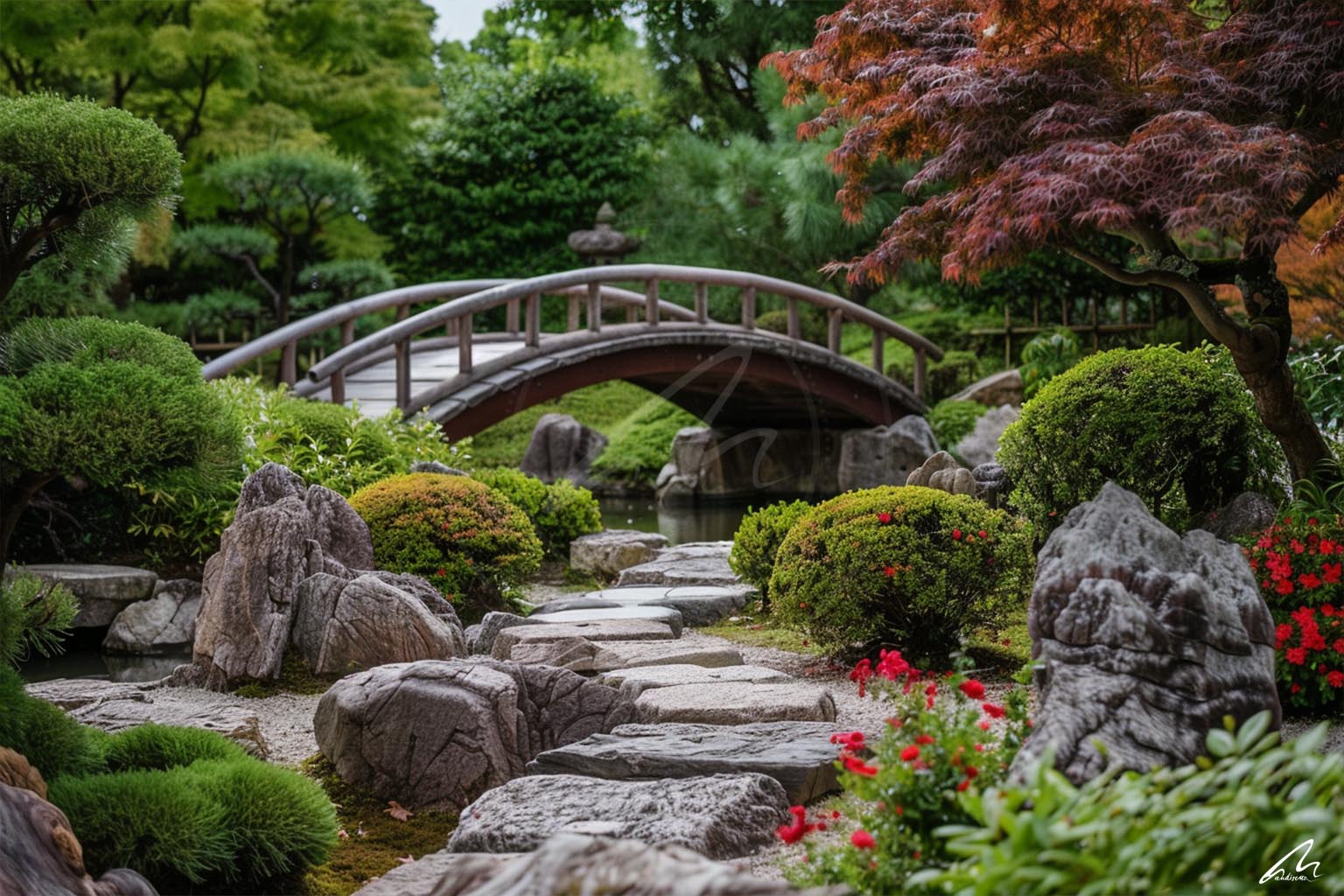
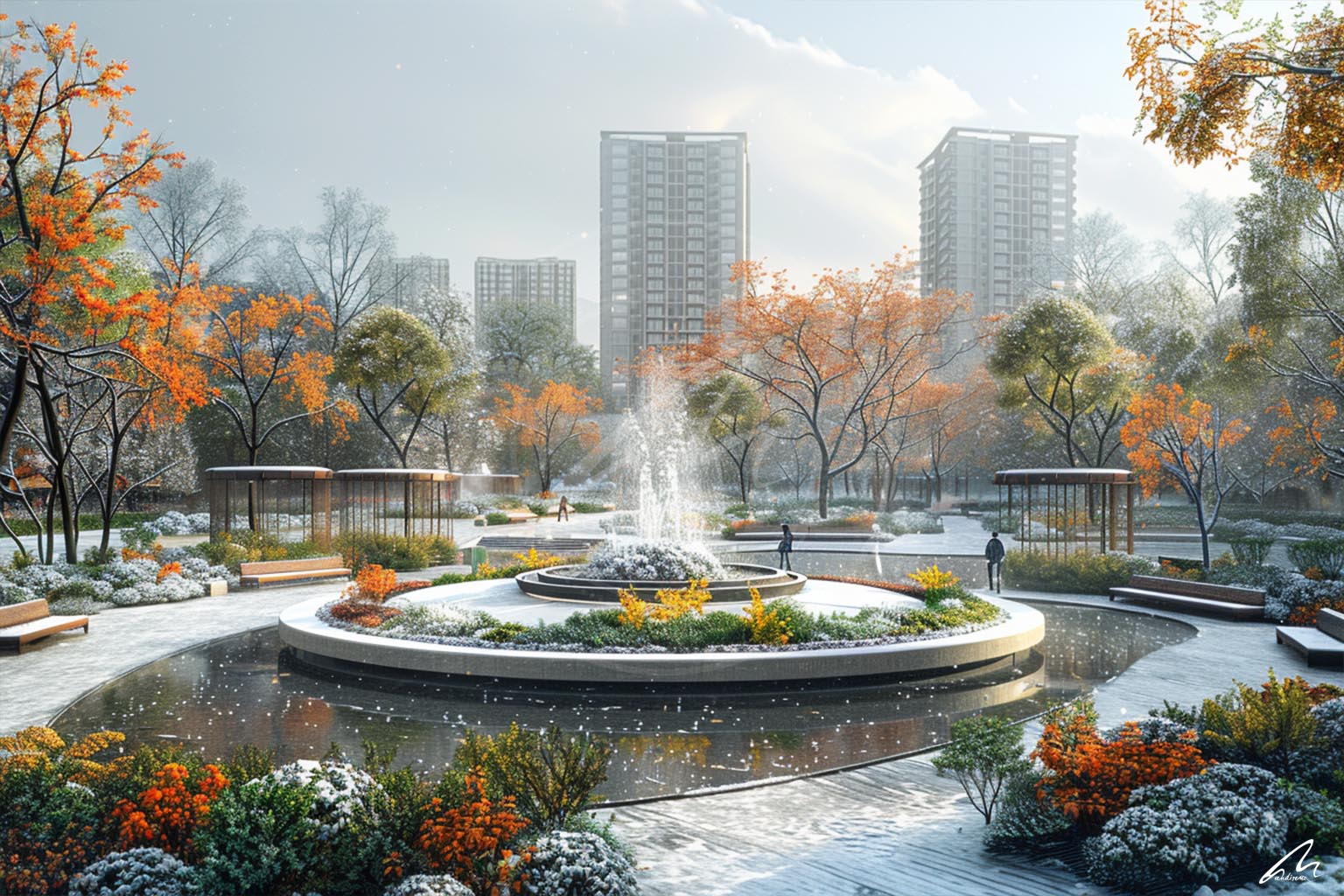
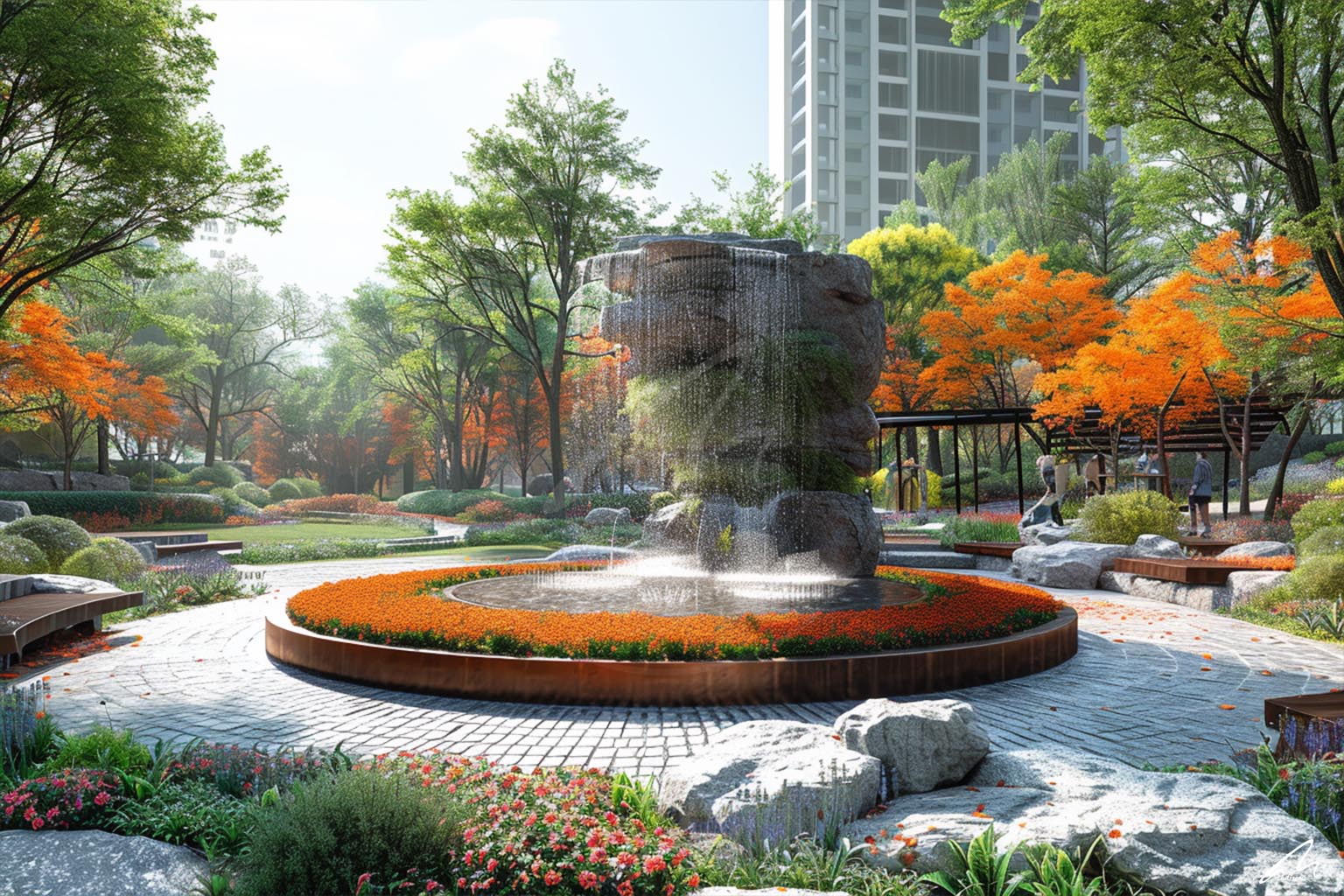
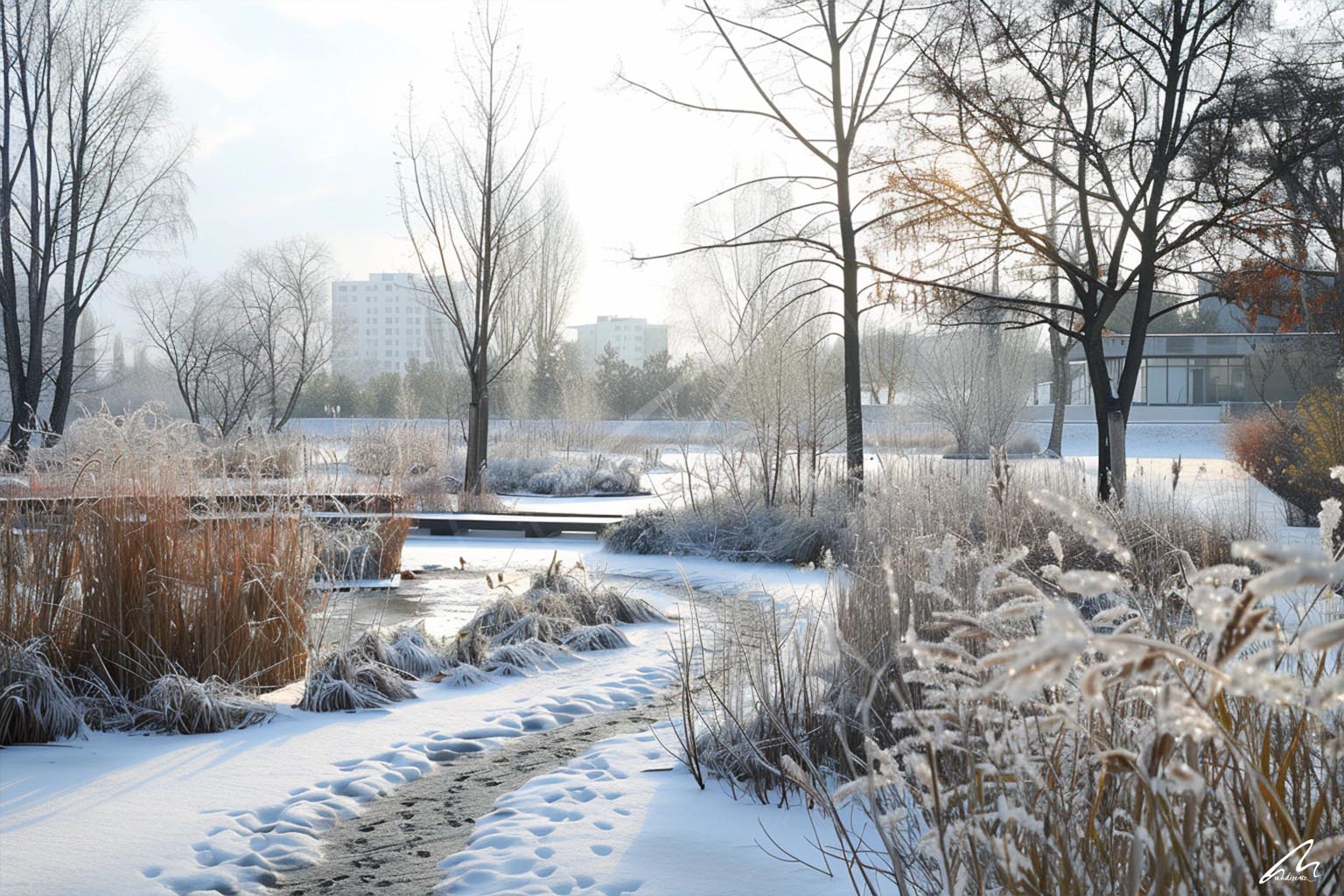

Bringing it All Together
When designing a landscape, it’s essential to step back and look at the big picture, but don’t forget to zoom in and focus on the details. It’s these small elements that can elevate your design from ordinary to extraordinary. They add richness, depth, and a sense of craftsmanship that’s often missing in more generic designs.
Next time you’re in the field or at your drawing board, take a moment to consider the details. Experiment with textures, play with lighting and think about how each small element contributes to the overall experience of your design. Challenge yourself to go beyond the basics and create something truly unique.
If you’re a student, make it a habit to visit gardens, parks, and landscapes with a critical eye. Note the details that catch your attention and think about why they work. Professionals, consider sharing your insights and experiences with the next generation – mentorship can be a powerful tool in advancing our field.
Happy designing, and don’t forget – the art is in the details!
Mahdiseño
As an architect, landscape architect, and digital artist, I'm passionate about the planet and want to contribute to our collective understanding of the challenges we face.
Recent Posts
The Art of Detailing: Why Small Elements Matter in Landscape Design
The Power of Sensory Experiences in Urban Design
The Role of Public Space in Community Building: Shaping Vital Connections
The Influence of Urban Design on Social Equity
The Tapestry of Life: Embracing Biodiversity in Urban Design
Urban Oasis: Reviving Cities through Innovative Landscape Architecture
We Can Make a Difference TOGETHER
Loving the planet is one of the most important things we can do as human beings. Earth is the only planet in our galaxy that can support life, and it provides us with essential life support such as air to breathe. Unfortunately, our planet is facing many challenges such as climate change, deforestation, pollution, and loss of biodiversity. It is up to us to make a difference and take action to protect the planet.
 Let’s shake the world.
Let’s shake the world.





